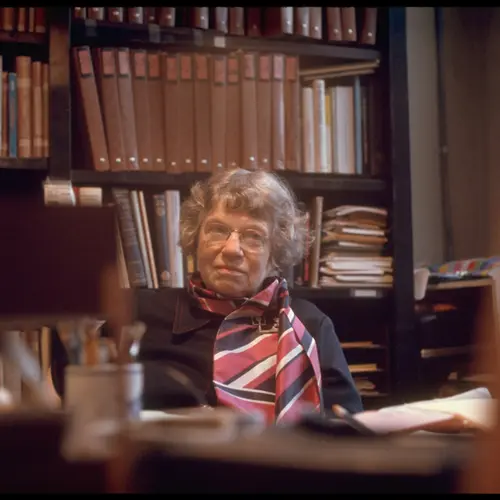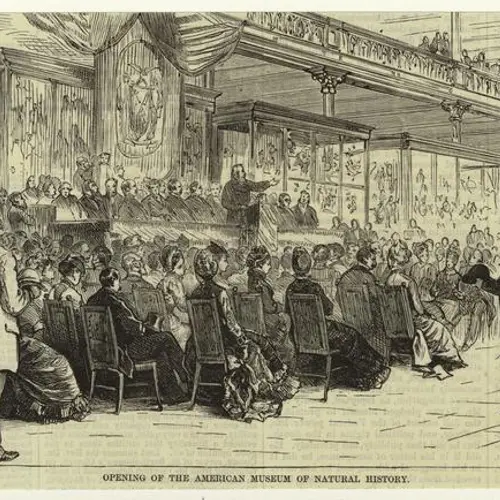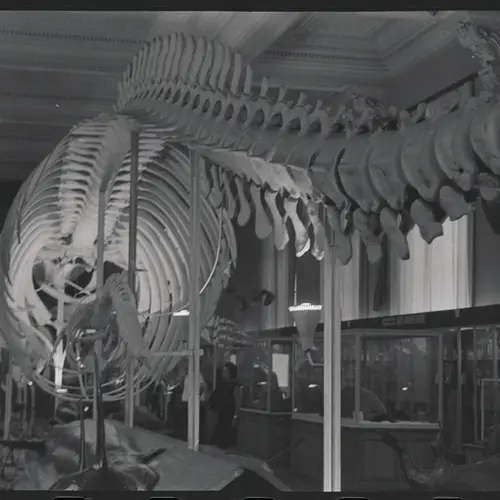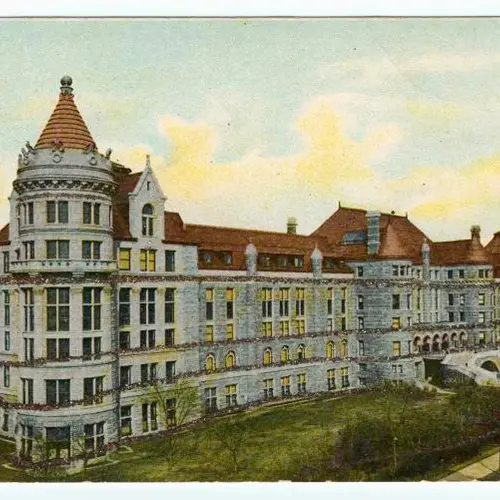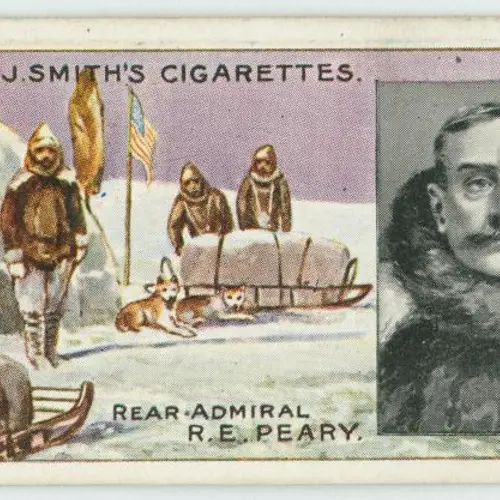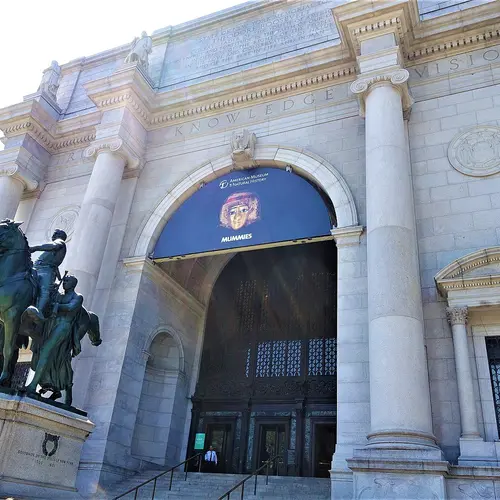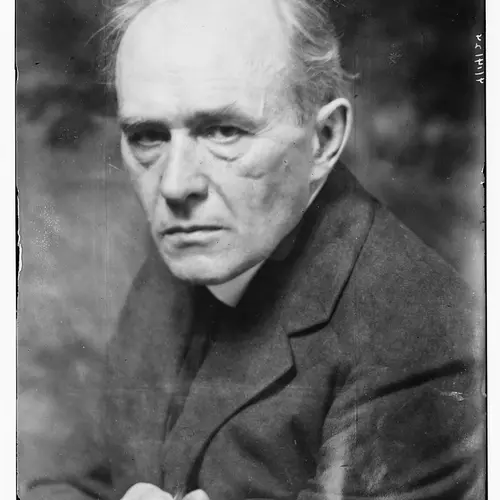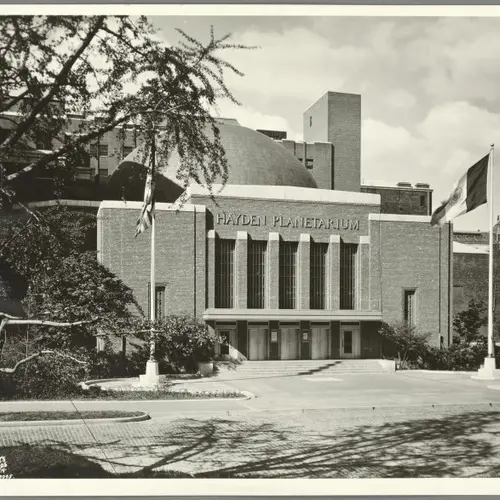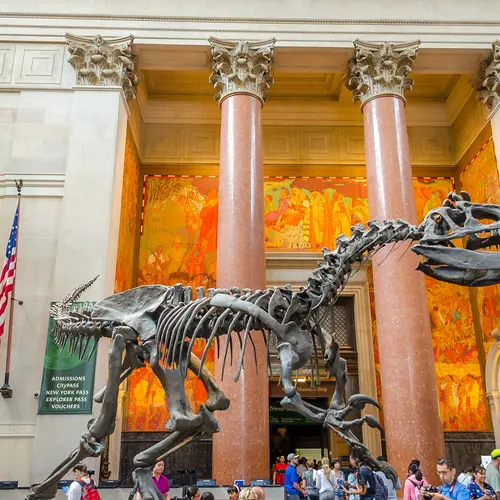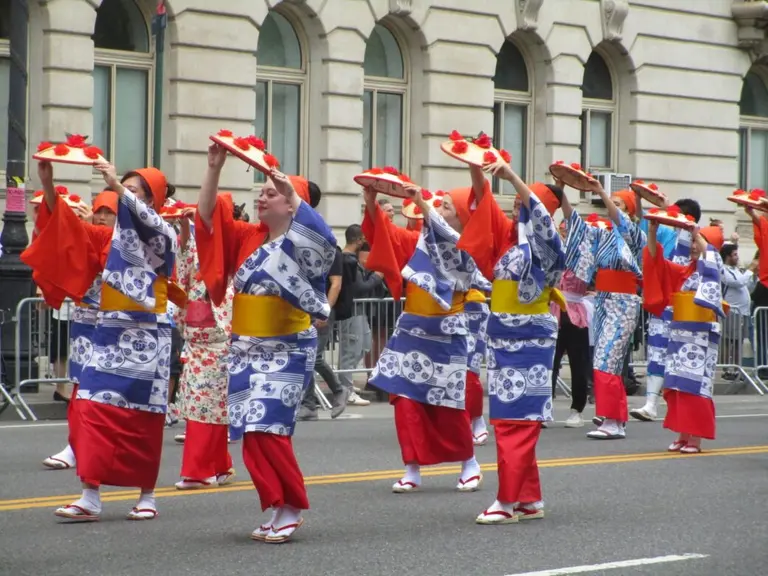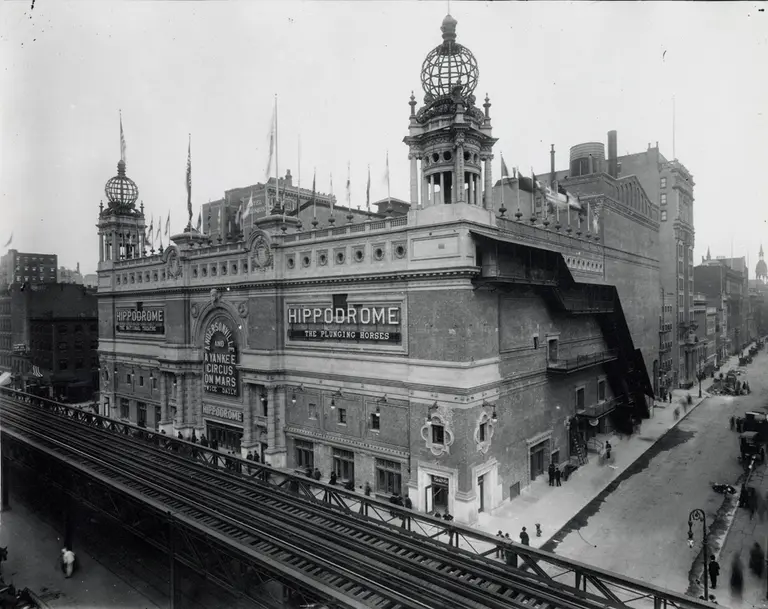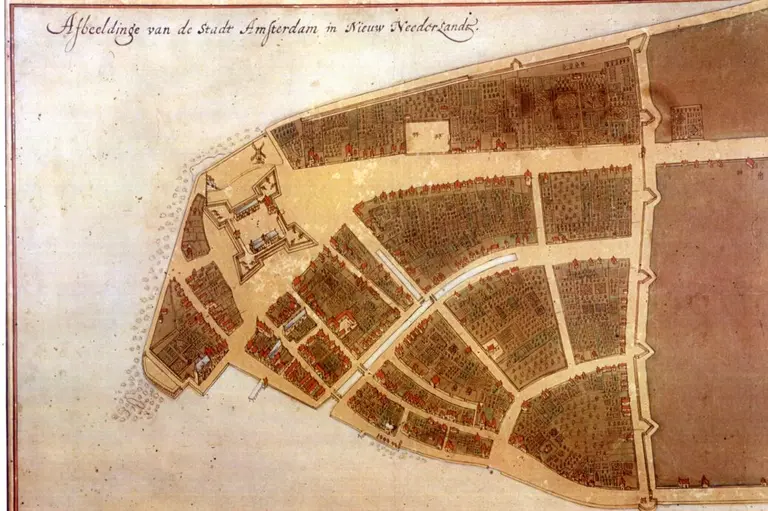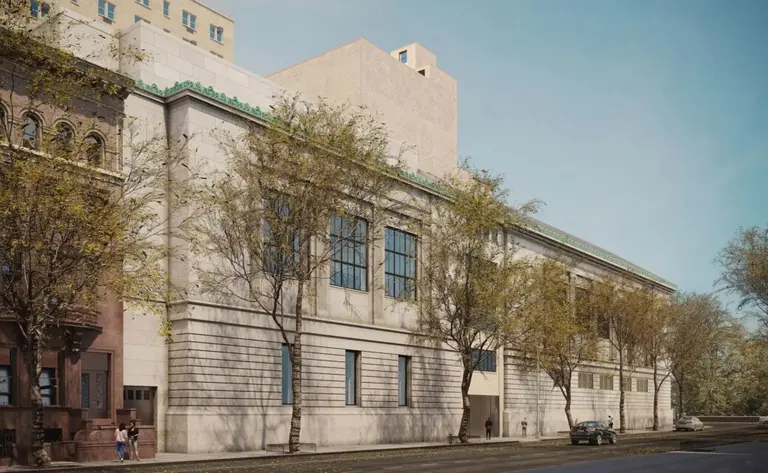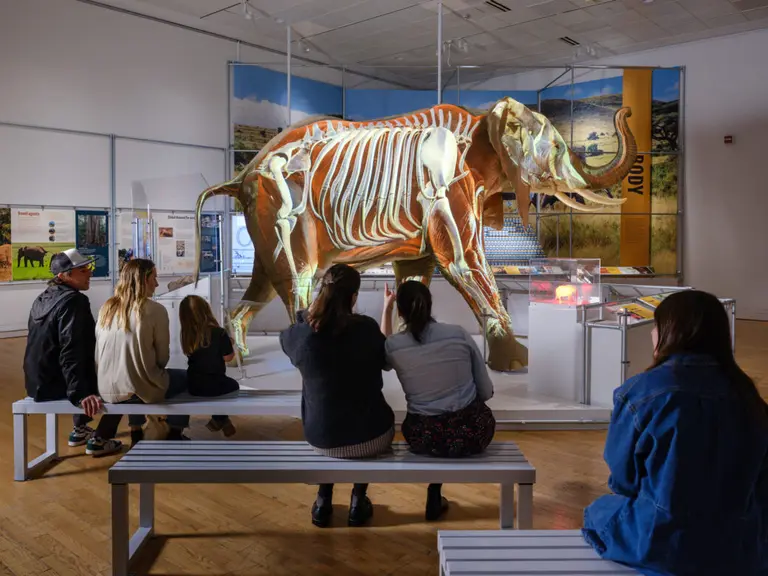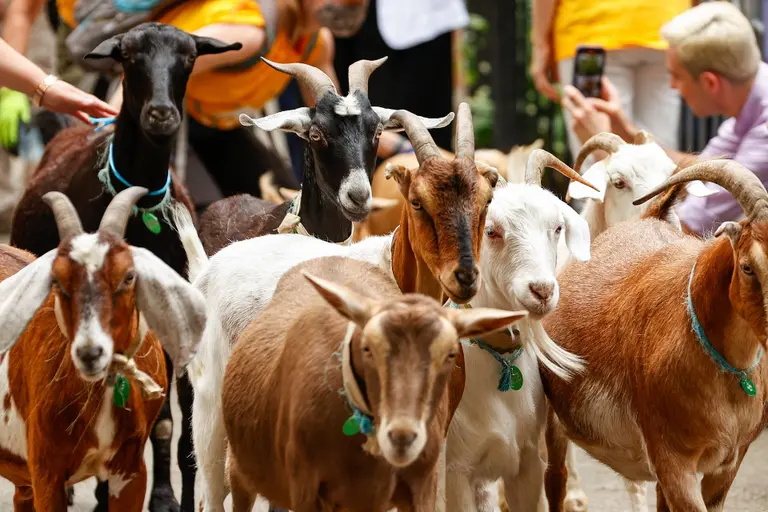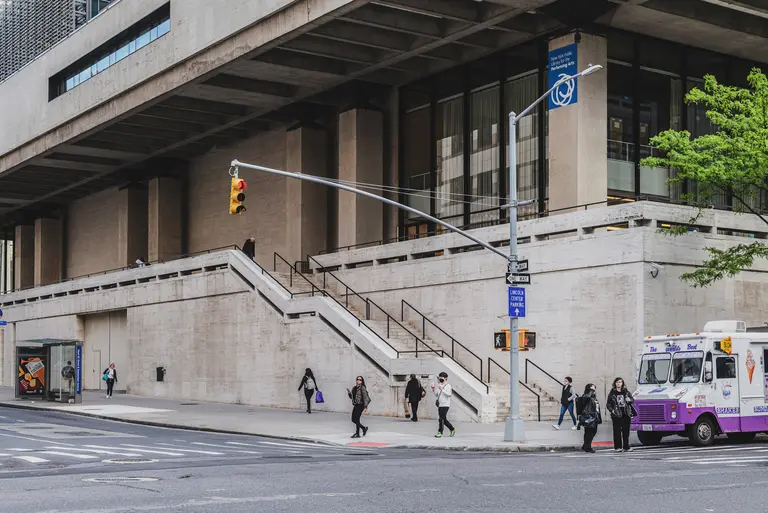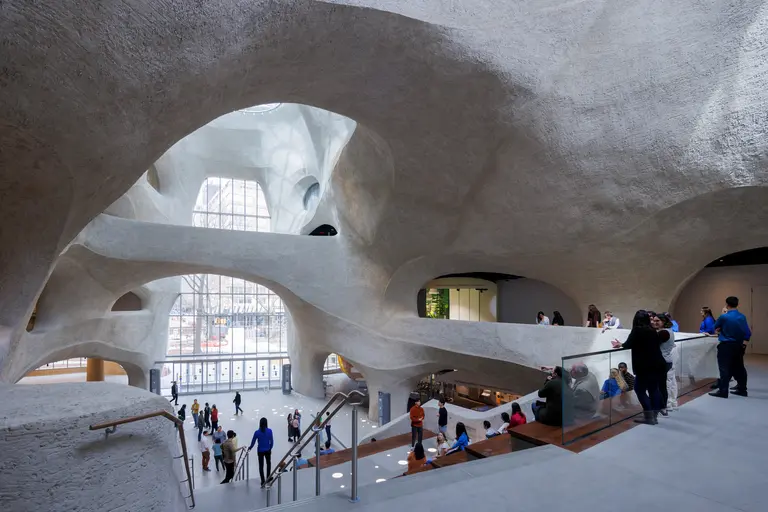8 things you may not know about the American Museum of Natural History
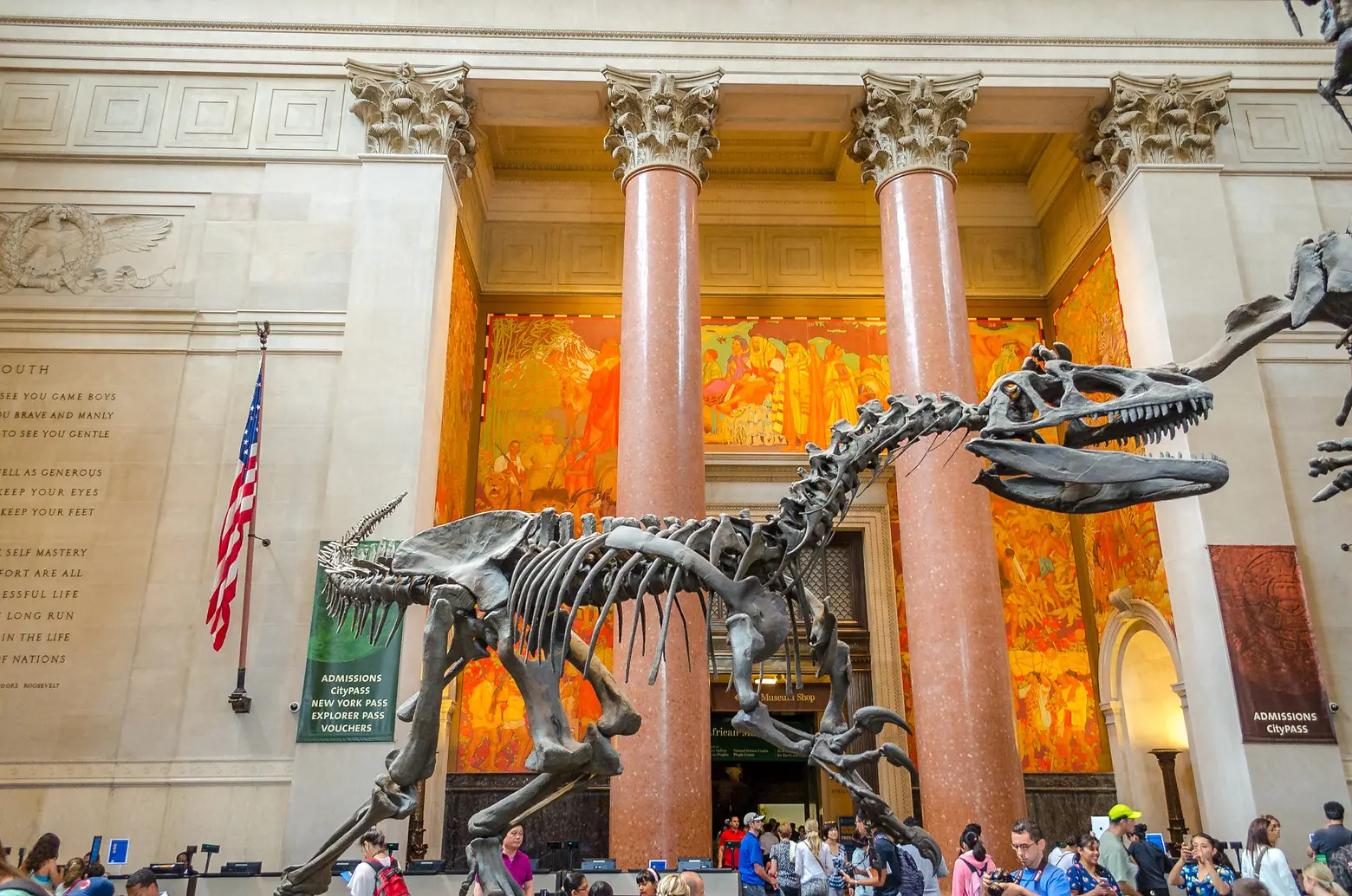
Photo via Flickr cc
This year, the American Museum of Natural History celebrates its 150th anniversary. Though best known for its spectacular T. Rex skeletons and incredible hanging blue whale, the story of this Upper West Side museum isn’t just one of dinosaurs and dioramas. For example, did you know that Ulysses S. Grant laid the cornerstone? Or how about that in the 1930s, there was a proposal to build a promenade through Central Park to connect the Museum with the Met? Ahead, we’ve rounded up eight things you might not know about the American Museum of Natural History.
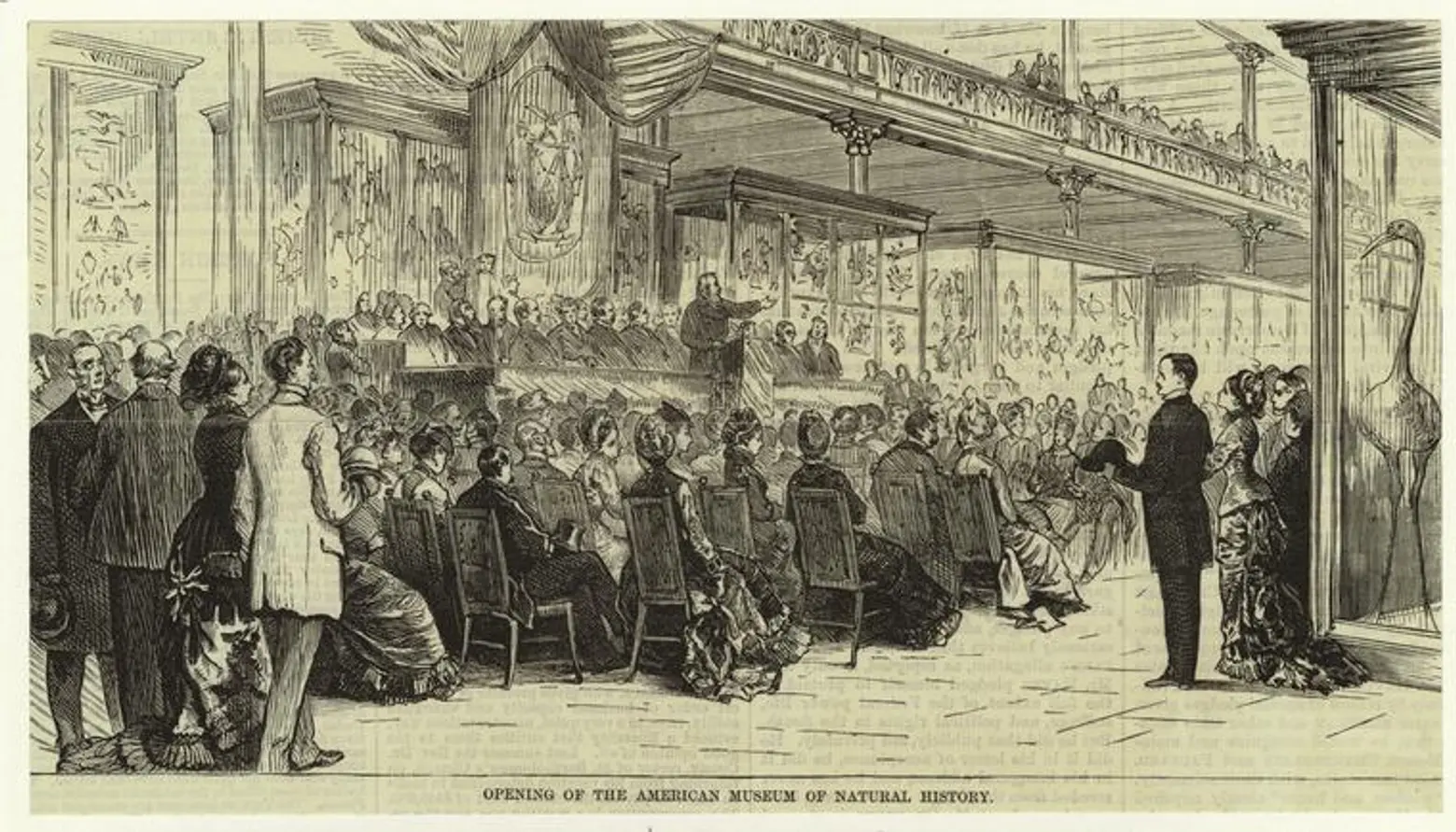
“The Opening of the American Museum of Natural History” image created 1878, via NYPL Digital Collections
1. Ulysses S. Grant laid the cornerstone for the Museum
The American Museum of Natural History was housed in Central Park’s Arsenal until construction began on its permanent home on June 2, 1874. That day, President Ulysses S. Grant was on hand to lay the cornerstone. He was not the only dignitary present. The Secretaries of State, War, and the Navy were all assembled, along with the Mayor of New York City, the financier J.P. Morgan, and, of course, a herd of goats who called the West Side home.
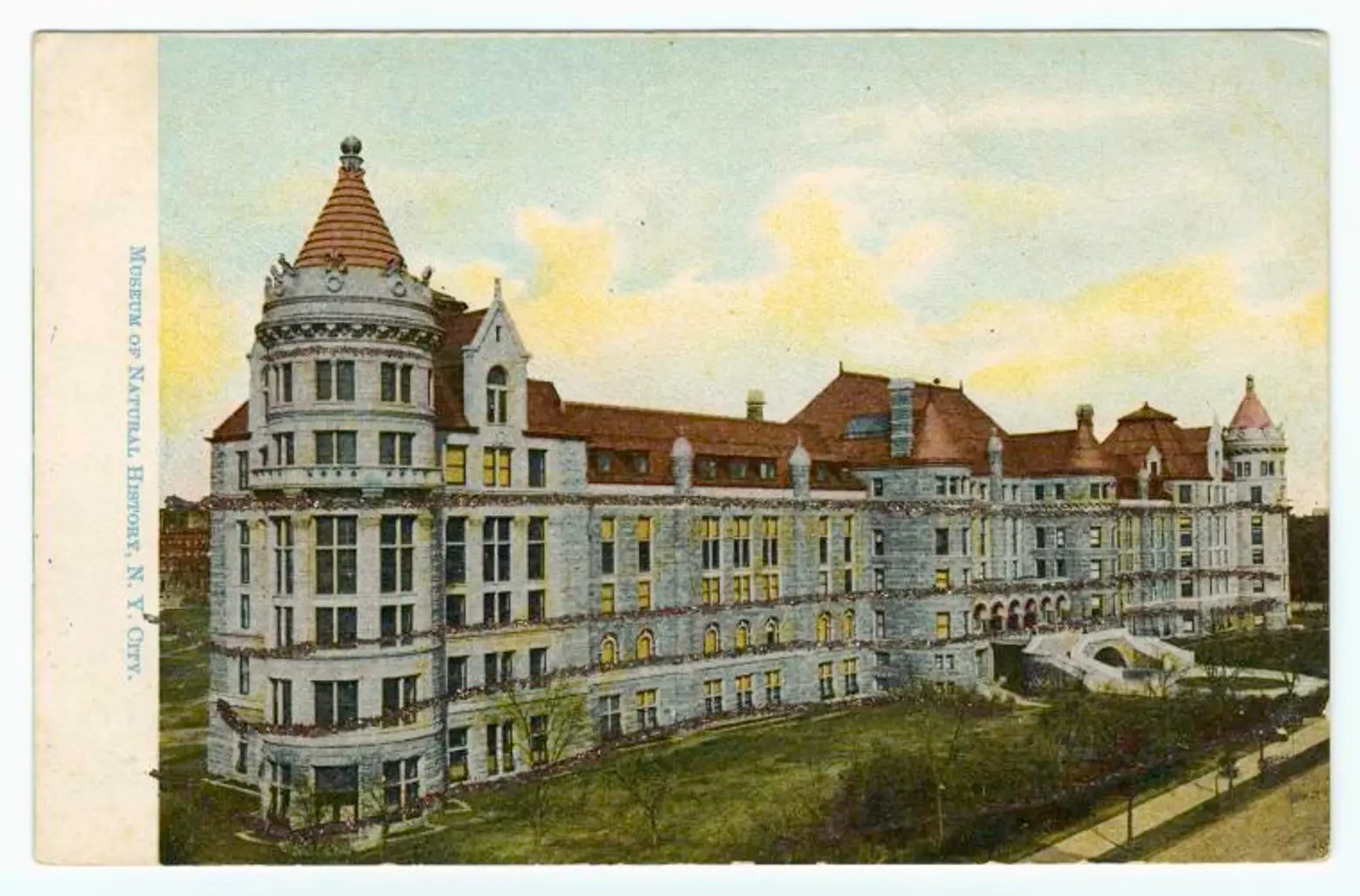
“Museum of Natural History, N.Y. City” 1906, via NYPL Digital Collections
2. The Natural History Museum was closed on Sundays until 1892
Until the end of the 19th century, both the Natural History Museum and the Metropolitan Museum of Art were closed on Sundays because their trustees believed in keeping “a strict old-fashioned Sabbath.” While Sunday closure was favored by Presbyterian religious circles and the city’s elite, most New Yorkers, who worked six days a week, couldn’t visit the museum on any day other than Sunday. Accordingly, New York’s labor unions, women’s groups, progressive religious leaders, and German, Jewish, and Irish organizations all lobbied for Sunday access.
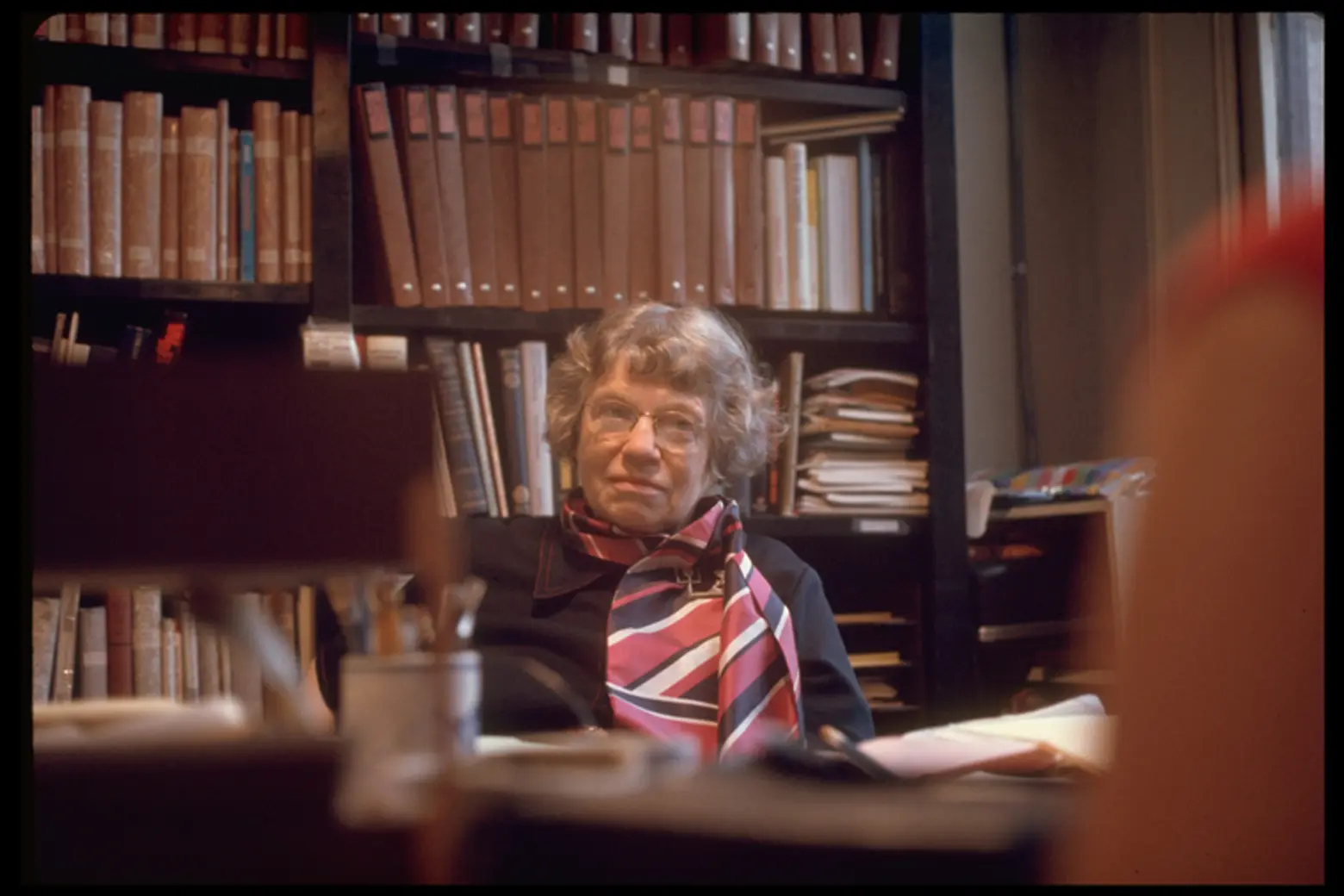
“Anthropologist Margaret Mead in her office at the American Museum of Natural History (New York),” 1971, via NYPL Digital Collections
3. Franz Boas and Margaret Mead both worked at the Museum
Franz Boas, known as “The Father of American Anthropology,” was appointed Assistant Curator of Ethnology and Somatology at the Museum in 1896. While on staff, he directed the Museum’s Jesup North Pacific Expedition (1897-1902), which considered the relationships between peoples on either side of the Bering Strait. Margaret Mead, who had studied with Boas during her Ph.D. work at Columbia, joined the staff of the Museum as an Assistant Curator in 1926.
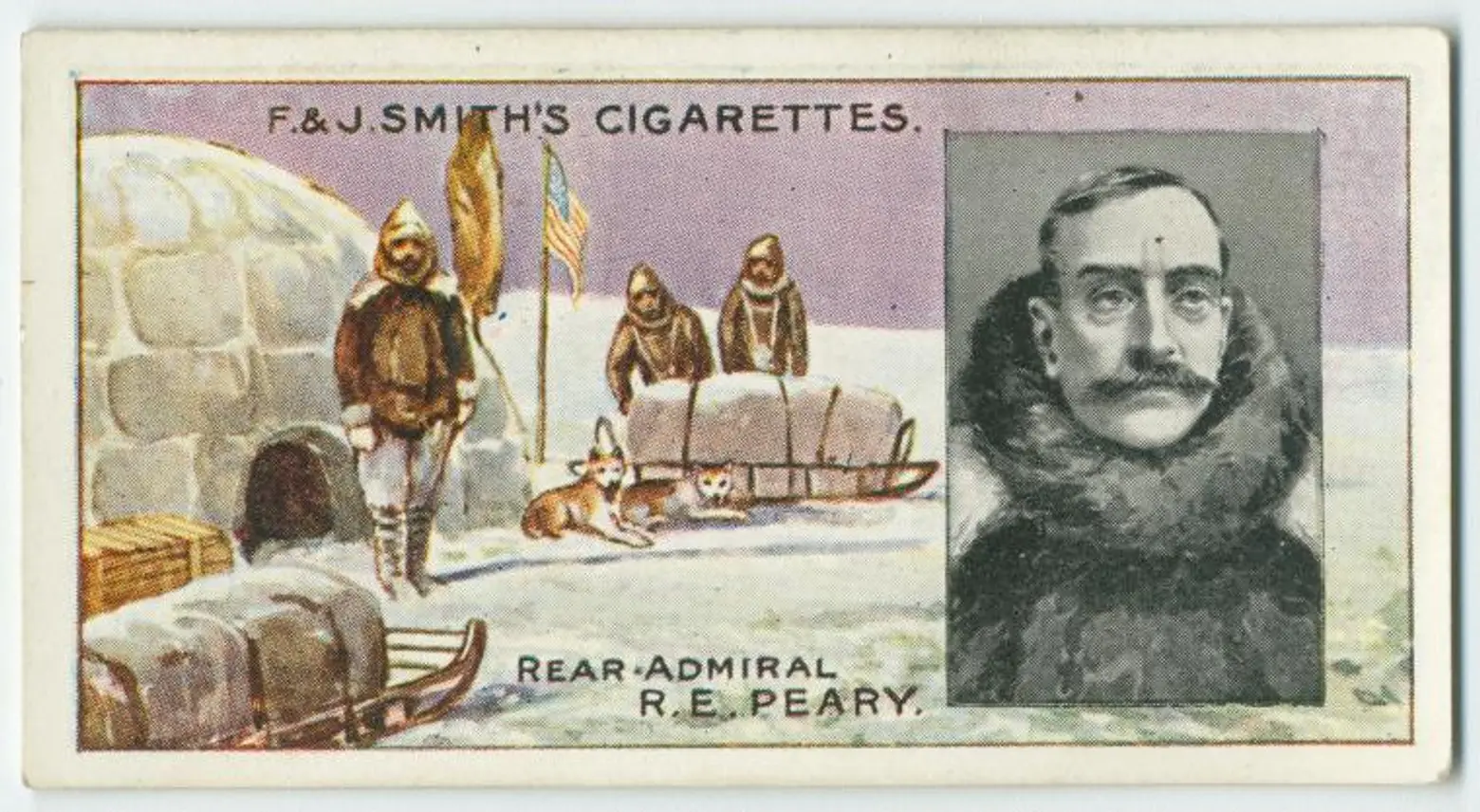
Cigarette Card featuring “Rear-Admiral R. E. Peary. U.S.N.” via NYPL Digital Collections
4. The sled Admiral Peary took to the North Pole was named for the President of the Natural History Museum
Admiral Peary made his push for the Pole under the auspices of the American Museum of Natural History. The ship that Peary and his crew piloted north was named The Roosevelt, after Teddy, but the ship only made it as far as Cape Sheridan. To reach the Pole, Peary, his African-American fellow explorer Mathew Henson, and four Inuit crewmembers strove North aboard a sled named The Morris K. Jesup, after the President of the American Museum of Natural History.
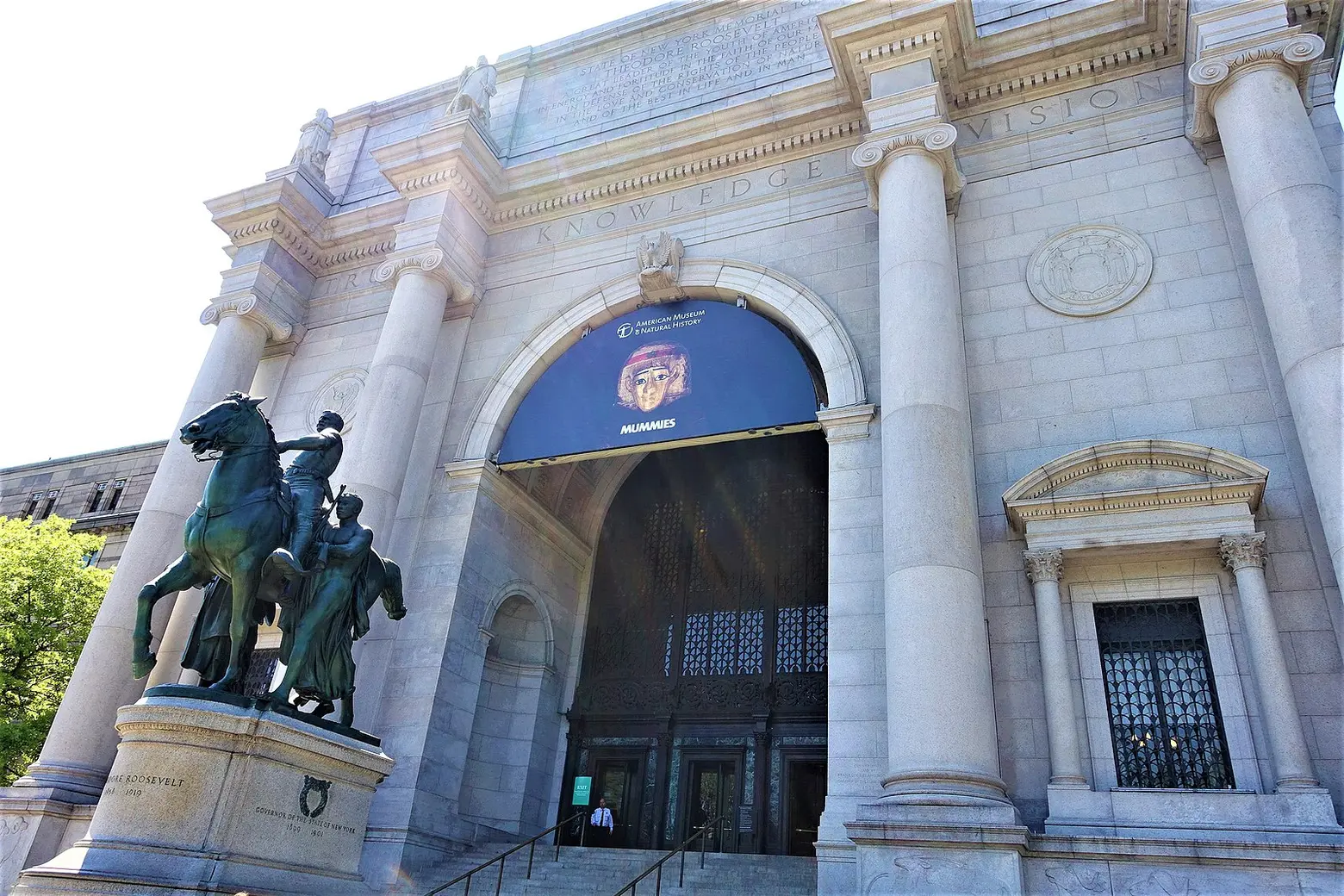
“The American Museum of Natural History,” via Wikimedia Commons
5. In the 1930s, there was a proposal to build a promenade through Central Park, connecting the Natural History Museum and the Metropolitan Museum of Art
Museum President Henry Fairfield Osborn proposed the Roosevelt Concourse, a promenade meant to connect the Natural History Museum with the Metropolitan Museum of Art, as early as 1924, but the plan faced opposition from preservationists, landscape architects, and politicians who were not keen “to build a highway through Central Park.” The plan was further waylaid by the Depression. Osborn retired from the Museum presidency in 1933 but continued to advocate for the plan with the incoming LaGuardia Administration. This brings us to Robert Moses, who shelved the plan in 1935 and wrote, as a final death knell in 1937, “I am getting a little sick of this subject.”
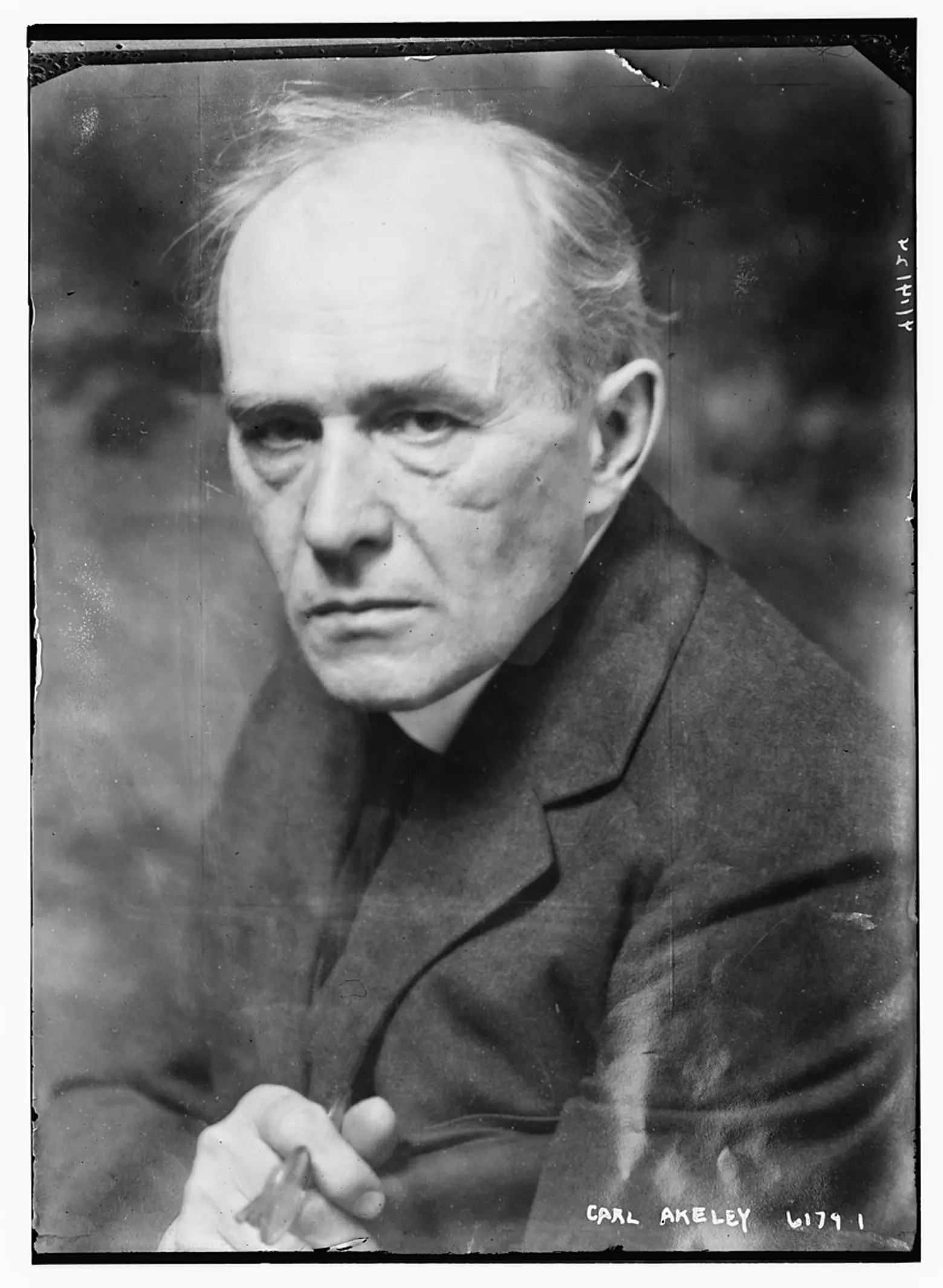
“Carl Akeley” 1900, via Wikimedia Commons
6. Move over David Attenborough; the Museum’s Carl Akeley filmed the first footage of Gorillas in their natural habitat.
The Museum’s Akeley Hall of African Mammals may be best known for the herd of eight elephants that stands at its center. But Carl Akeley was also deeply passionate about Gorillas. He believed that Gorillas were misunderstood by the scientific community, and he undertook an expedition to study them. In 1921, Akeley traveled to what was then known as the Belgian Congo and is now the Democratic Republic of the Congo. There, using the “Akeley Camera,” which he had invented, Akeley filmed the first footage of Gorillas in their natural habitat. The experience led him to advocate for a Gorilla sanctuary in the Congo, which was established in 1925.
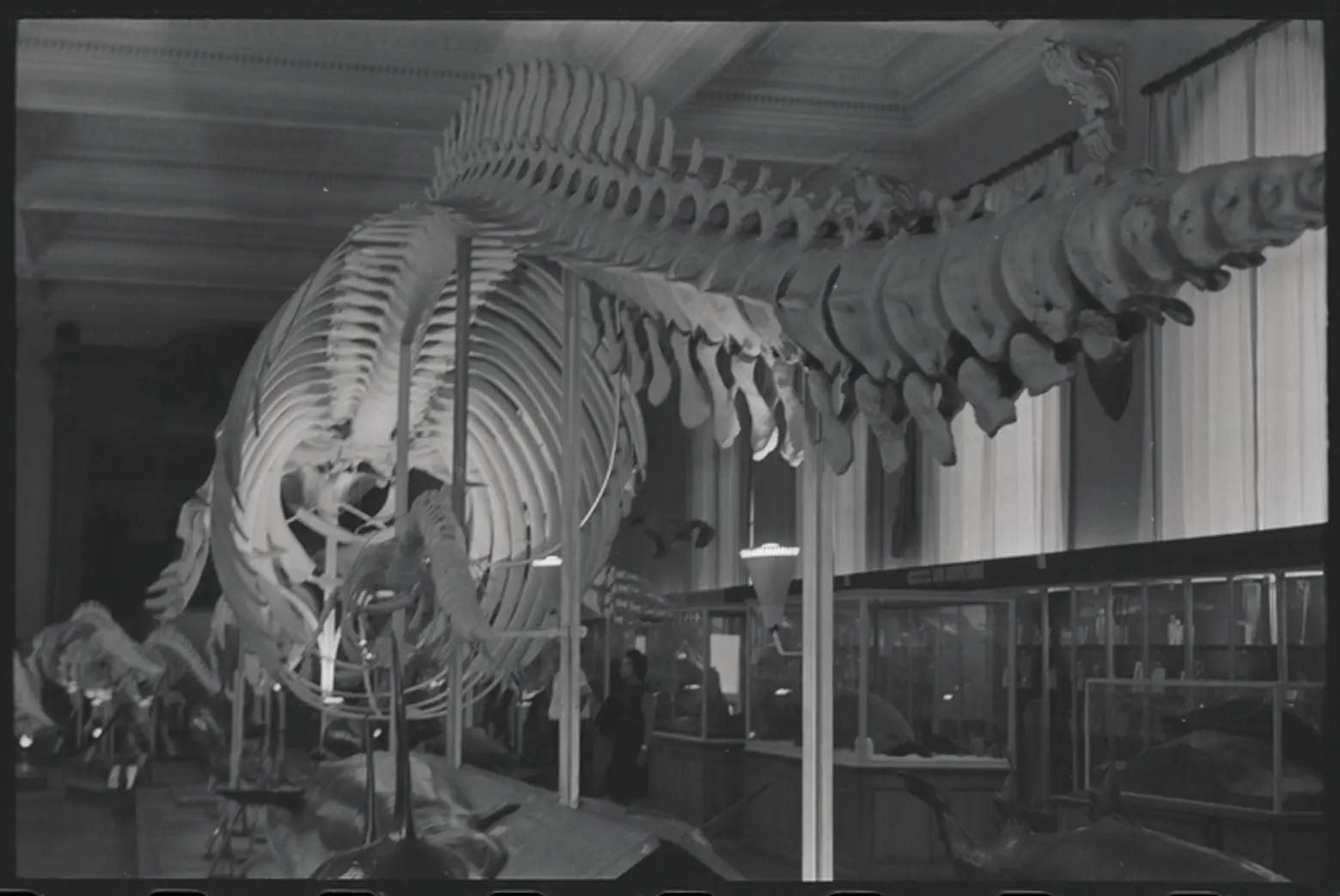
“American Museum of Natural History,” c. 1940-1979, via NYPL Digital Collections
7. The Museum’s Dinosaur Hunter, Barnum Brown, was the first to discover T. Rex
The Paleontologist Barnum Brown was best known as “Mr. Bones.” At the turn of the century, he was one of the world’s most famous fossil hunters, and he cut quite a figure, often wearing a fur coat on digs.mOn a dig in Montana in 1902, he discovered the first documented T. Rex skeleton. He hit upon another in the same region in 1908. This T. Rex was unveiled as a display at the Museum in 1915, but the 1902 skeleton was sold to the Carnegie Museum of Natural History in Pittsburgh in 1941.
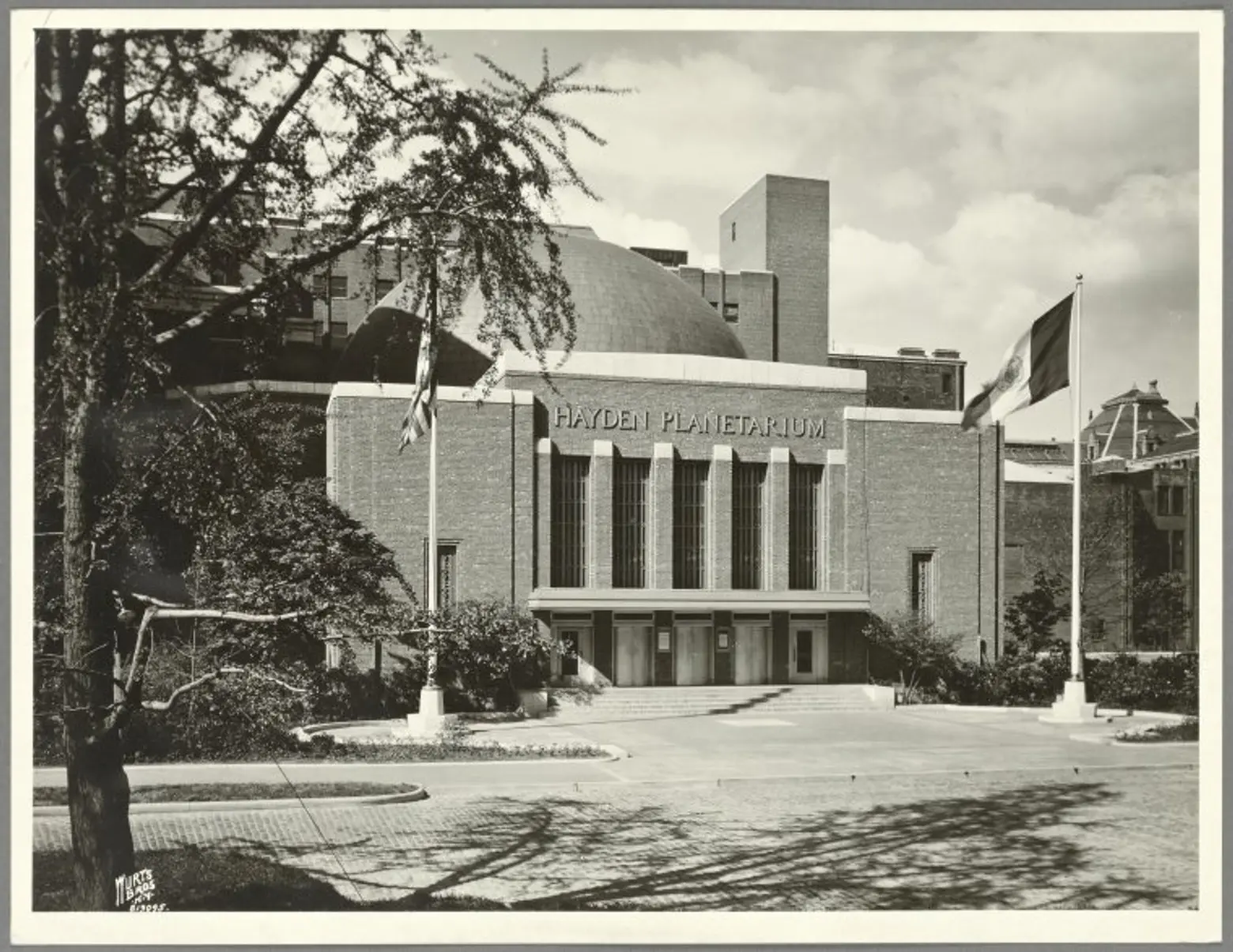
“West 81st Street – Central Park West: The Hayden Planetarium,” via NYPL Digital Collections
8. The Hayden Planetarium held the First Annual Symposium on Space Travel in October 1951
On October 12, 1951, the Hayden Planetarium helped kick off the Space Race by hosting the First Annual Symposium on Space Travel. Speakers at the event considered the possibility of a trip to Mars, the engineering of satellite vehicles, the legal aspects of space travel, and “space medicine.”
Want to learn more fascinating history about the Museum of Natural History? In honor of its 150th anniversary, Colin Davey and Thomas A. Lesser have brought out a new, definitive history of the Museum. The book, The American Museum of Natural History and How it Got that Way, provides a history of the museum’s architecture, collections, exhibitions, research and conservation efforts, charting the institution’s relationship with the natural world, and with New York City. In these pages, you’ll find polar explorers, intrepid archeologists, and visionary rocket scientists who devoted their lives to discovery, and, in many cases, to the Museum itself.
RELATED:
- Photos from 1968 show the Museum of Natural History’s 94-foot blue whale being hung
- New Yorker Spotlight: Carter Emmart Brings Us Aboard His ‘Starship’ at the Museum of Natural History
- New Yorker Spotlight: Paleontologist Mark Norell Spends His Days with Dinosaurs at the Museum of Natural History
+++
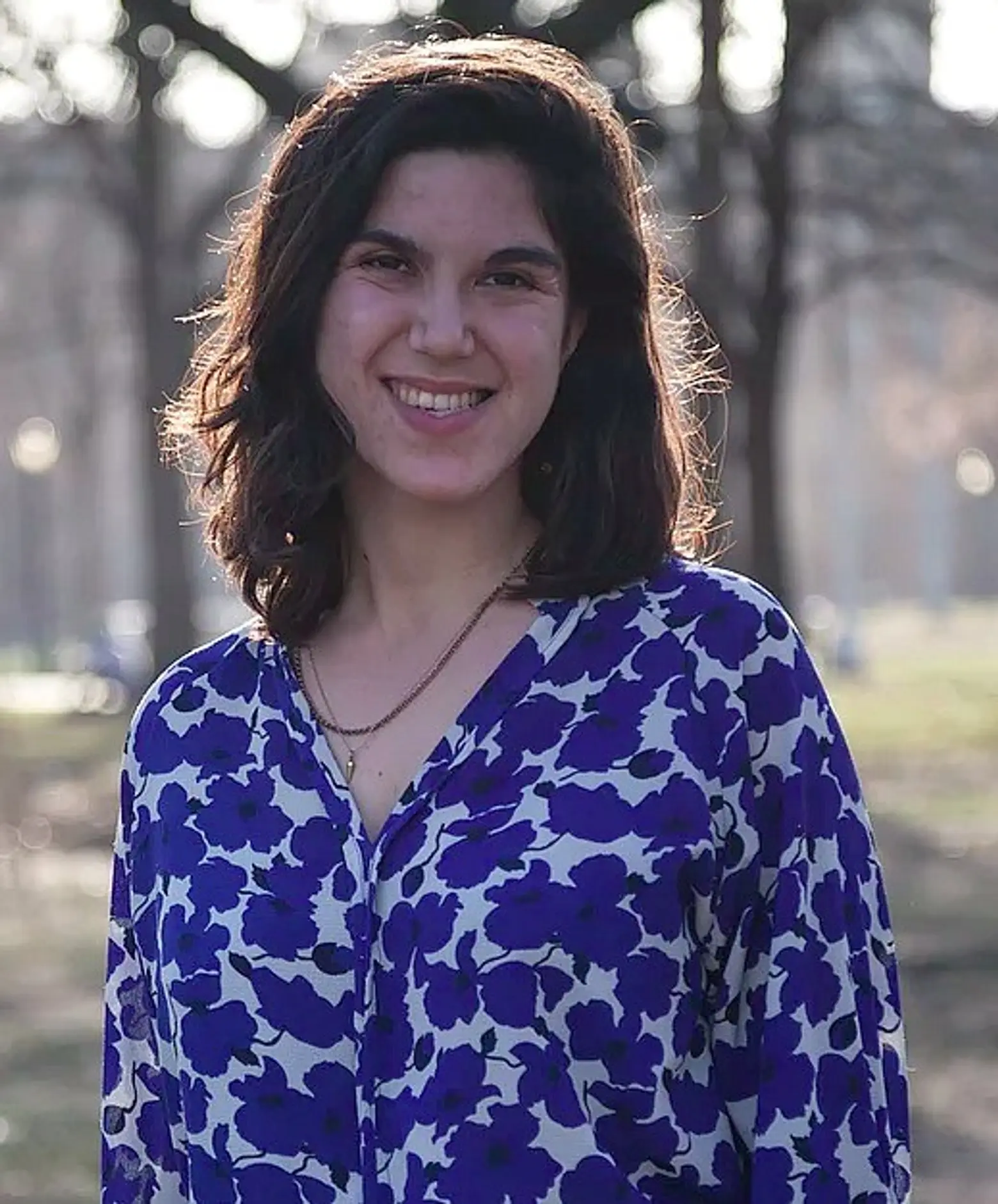 Lucie Levine is the founder of Archive on Parade, a local tour and event company that aims to take New York’s fascinating history out of the archives and into the streets. She’s a Native New Yorker, and licensed New York City tour guide, with a passion for the city’s social, political and cultural history. She has collaborated with local partners including the New York Public Library, The 92nd Street Y, The Brooklyn Brainery, The Society for the Advancement of Social Studies and Nerd Nite to offer exciting tours, lectures and community events all over town. Follow her on Twitter and Instagram.
Lucie Levine is the founder of Archive on Parade, a local tour and event company that aims to take New York’s fascinating history out of the archives and into the streets. She’s a Native New Yorker, and licensed New York City tour guide, with a passion for the city’s social, political and cultural history. She has collaborated with local partners including the New York Public Library, The 92nd Street Y, The Brooklyn Brainery, The Society for the Advancement of Social Studies and Nerd Nite to offer exciting tours, lectures and community events all over town. Follow her on Twitter and Instagram.
